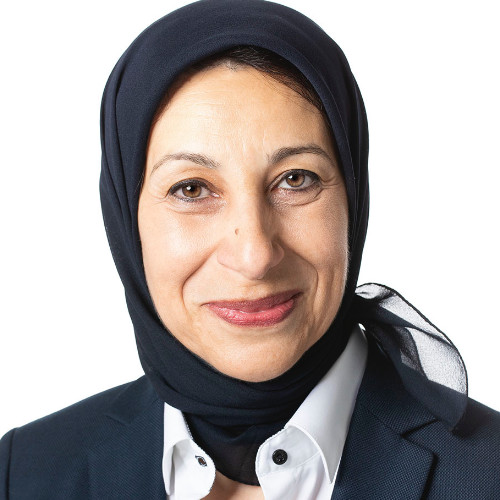- Video Library
- Abtihal Raji-Kubba, Empress Medical - Fibroid Treatment and Fertility | LSI Europe '22
Abtihal Raji-Kubba, Empress Medical - Fibroid Treatment and Fertility | LSI Europe '22

Abtihal Raji-Kubba
A global minded Medtech Executive General Manager, President, CEO and COO with a track record of leading cross-functional teams to develop and launch game-changing products in record short times. Transform divisions and subsidiaries, expand New Product Development portfolios, and drive global product launches. Create vision and strategy, re-define markets, identify opportunities, and deliver business turnarounds achieving significant new revenue streams.
Abtihal Raji-Kubba
A global minded Medtech Executive General Manager, President, CEO and COO with a track record of leading cross-functional teams to develop and launch game-changing products in record short times. Transform divisions and subsidiaries, expand New Product Development portfolios, and drive global product launches. Create vision and strategy, re-define markets, identify opportunities, and deliver business turnarounds achieving significant new revenue streams.

17011 Beach Blvd, Suite 500 Huntington Beach, CA 92647
714-847-3540© 2025 Life Science Intelligence, Inc., All Rights Reserved. | Privacy Policy







